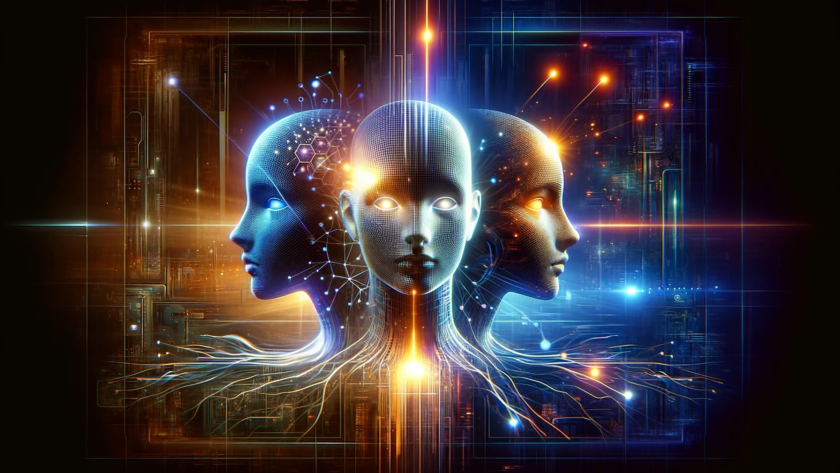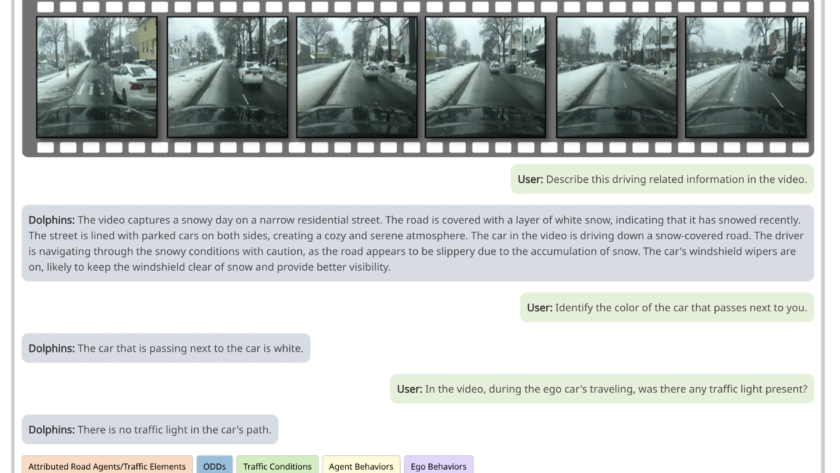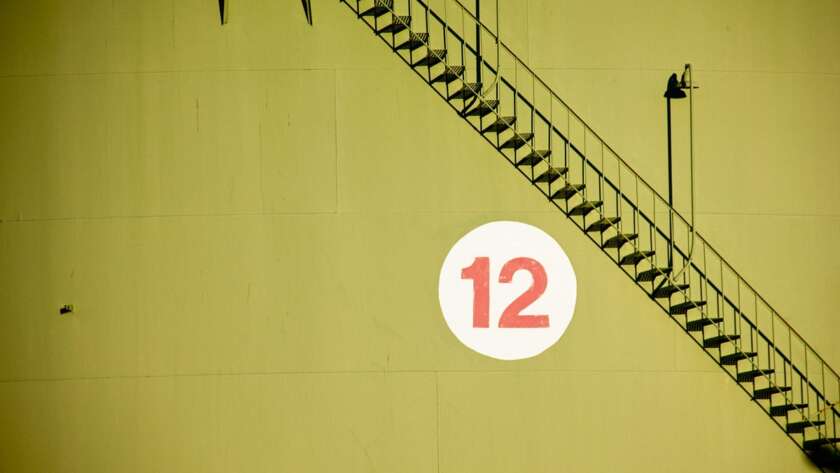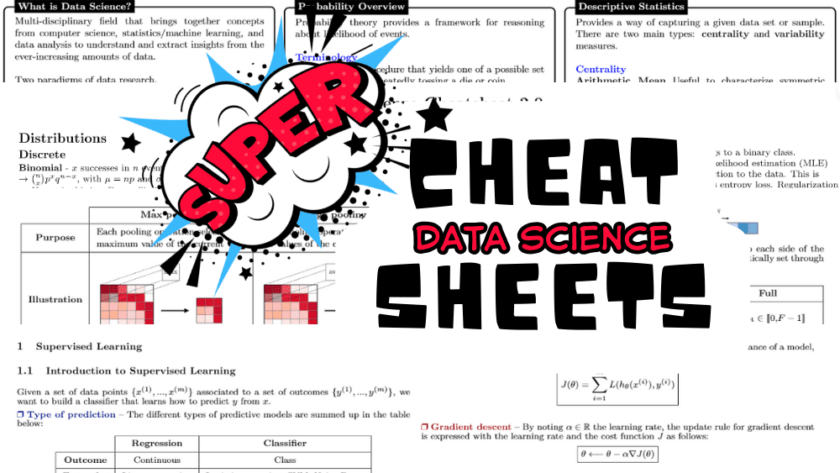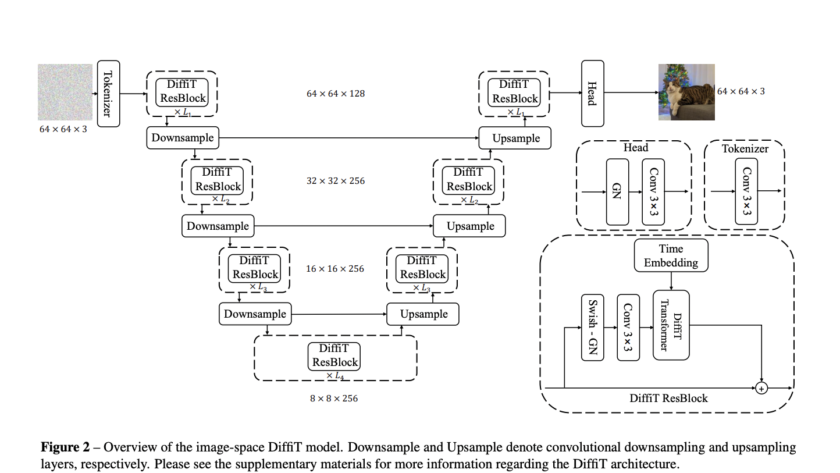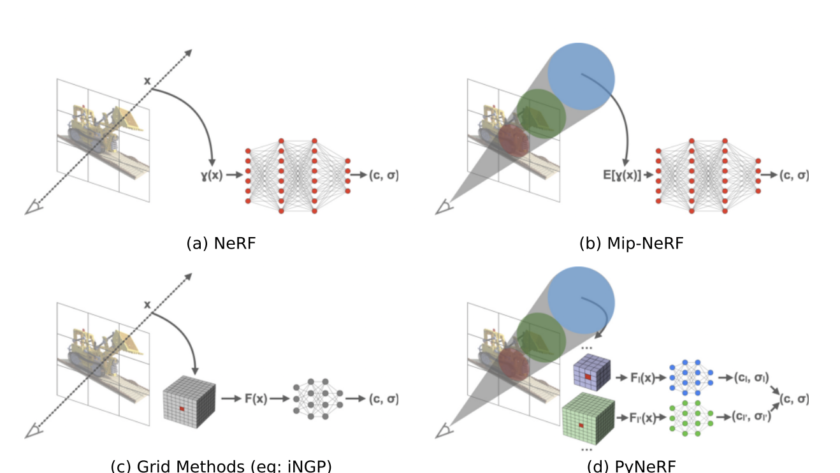Image by Author
For a while now, ChatGPT has been in the limelight. Everyone is talking about it, and a lot of people are using it, what could possibly go wrong?
Google has always aimed to maintain its reputation of being an AI-first company, and so far they have been doing well. However, in…
